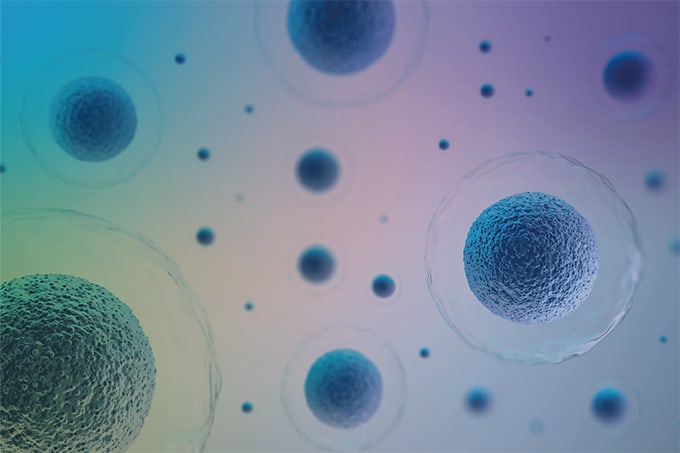
Porous silicon nanoneedles enabled repeated, nondestructive sampling of living brain tissue to track lipidomic changes in brain tumors and their response to chemotherapy, according to a recent study.
Researchers developed a method that enables spatiotemporal lipidomics of living tissues using porous silicon nanoneedles. Traditional spatial biology approaches generally require non-living samples, limiting the ability to perform temporal analyses. In this study, nanoneedles were used to create molecular replicas of brain tissue that preserved spatial lipid distributions and morphological features. These replicas were analyzed with desorption electrospray ionization mass spectrometry imaging, which produced lipidomic maps that closely matched those of the original tissue. The approach, published in Nature Nanotechnology, allowed repeated sampling of the same specimen without impacting tissue viability.
In diseased mouse brains, nanoneedle replicas reproduced lipidomic profiles of white matter, gray matter, and tumor regions. Comparative analyses demonstrated that replicas and adjacent sections showed concordant lipid distributions, including phosphatidylserine as a marker of gray matter and sulfated hexosylceramide as a marker of white matter. In tumor-bearing brain tissue, replicas reflect lipid species such as ceramides and phosphatidylethanolamines associated with tumor regions. Replicas maintained reproducibility across samples and allowed unsupervised classification of tissue architecture based on lipid profiles.
Human glioma biopsies were also analyzed. Replicas generated from 23 samples provided datasets that, when evaluated with machine learning methods, achieved classification of glioma grades comparable to direct tissue sections. Logistic regression models applied to replicas and to sections demonstrated similar performance, and cross-prediction analysis supported the similarity between molecular profiles derived from both sample types.
The method was further applied to longitudinal analyses of glioma-bearing brain slices exposed to temozolomide. Replicas collected over a 5-day period identified temporal and treatment-associated variations in lipid composition. Specific phosphatidylserine and phosphatidylinositol species decreased following treatment, consistent with known lipid changes in glioblastoma.
While further validation in clinical workflows is required, nanoneedle-based lipidomics offers a minimally perturbative strategy for characterizing tumor biology and monitoring therapeutic effects in real time.




